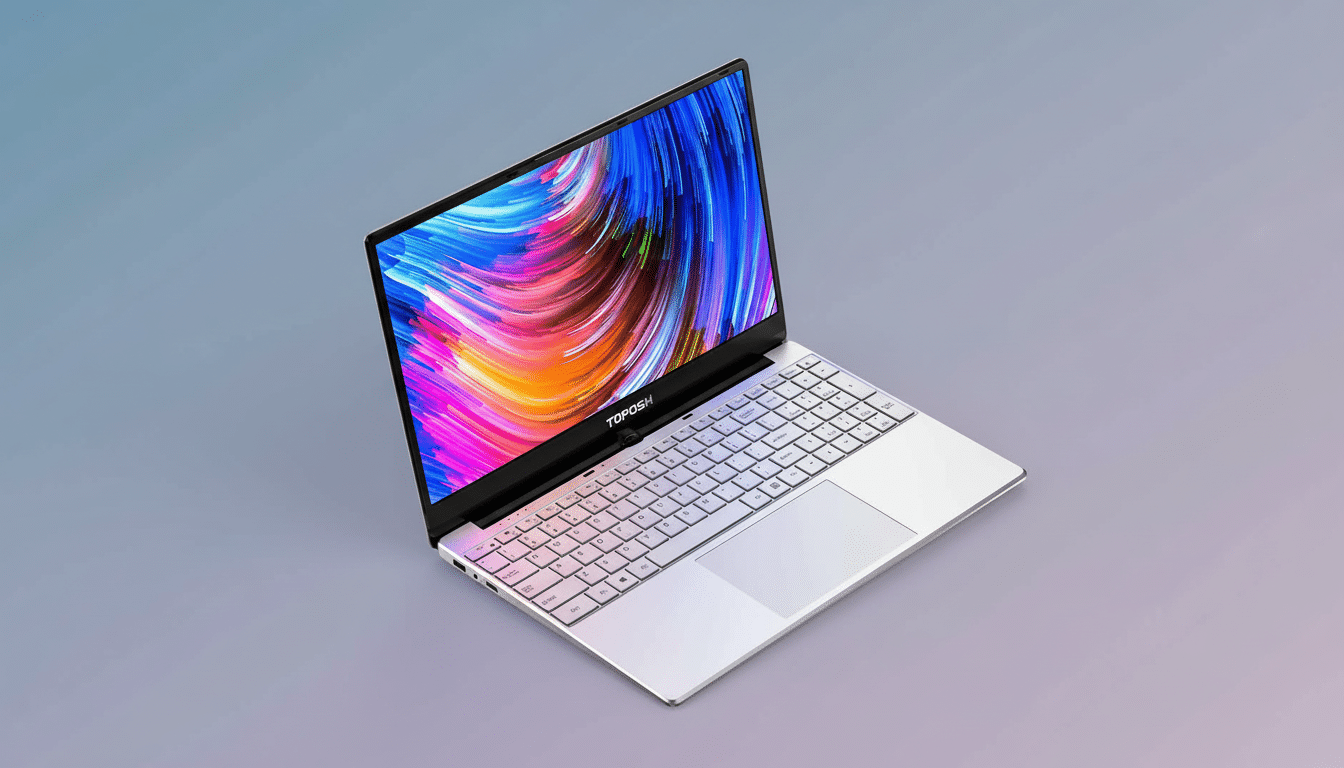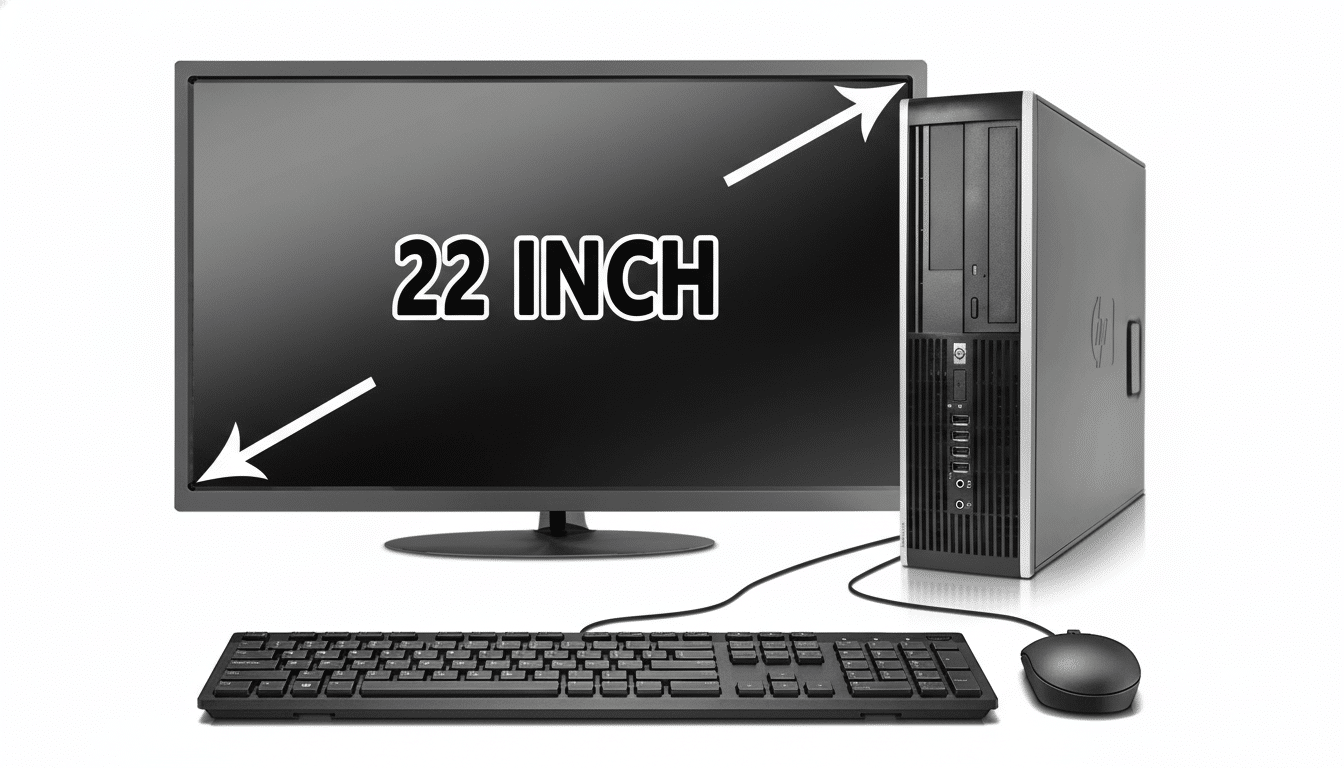The final regularly scheduled Patch Tuesday for Windows 10 didn’t bring much in the way of surprises or new features, but it does act as a reminder that support will end sooner rather than later. The last-ever patch for the decade-old OS from Microsoft comes with an unprecedented 173 fixes focused on security across the entire range of its stable in one of the most comprehensive mass-patch sequences in recent years to end mainstream updates for Windows 10.
Of the 22 CVEs published in the advisories and callouts from patch management vendors and the Microsoft Security Response Center, nine are critical and six are zero-days.

Three of those zero-days have been used in attacks, and three have publicly available proof-of-concept code, increasing the pressure on anyone who is running Windows 10 to update their computers as soon as possible.
What This Last Windows 10 Update Addresses
The Windows 10 rollup (KB5066791) spans a range of core components, such as the Windows kernel, File Explorer, Windows Search, BitLocker and Windows Hello, Bluetooth and PowerShell. And it fixes problems in Windows Remote Desktop Protocol as well as parts of the Win32 UI stack, to wit: USER32 Edit controls are used by multitudes of apps.
Microsoft’s broader October security release also fixes Outlook Mobile and Microsoft Exchange Server, Visual Studio, Office and Azure services. In other words, if you run stable front-line systems like I do, the back office — and the developer toolchain — get hit by this month’s wave of patching.
Aside from security, the update fixes a few quality-of-life bugs. Microsoft addressed a timeout bug impacting PowerShell Remoting and WinRM after 10 minutes, squashed gremlins in the Chinese IME and dealt with certain Edit controls behaving in ways that could “cause applications to stop working when entering text into dialog boxes.”
Zero-Days And An Uncommon Driver Removal
In this cycle, threat intelligence analysts flagged six zero-days, an unusually high number for a Patch Tuesday – even a chaotic one. Action1’s analysis found three of the flaws are already being actively exploited, and that there is public proof-of-concept exploit code available for a further three (typically resulting in faster adoption by attackers).
One of the odd ones is Microsoft removed a built-in driver, ltmdm64.sys (FAX modem hardware) instead of trying to “fix” it. Security firms interpret that order as a sign the vulnerability is baked into the driver’s design. For most companies, the absence of legacy fax modem support will be a non-issue, but if your environment still depends on older telephony integrations (fax modems), then you may want to make sure that you are aware of the impact.
Why It’s Important for Organizations Which are Still On Windows 10
Windows 10 still runs on a big chunk of the world’s PCs. Market watchers like StatCounter and the enterprise-ecosystem telemetry sources have continued to say that Windows 10 is still present in the millions, especially on homogenized PCs or in regulated industries or large estates where the migration needle moves only slowly. That gives this last mainstream patch cycle a strategic importance: It’s shrinking the attack surface on which financially motivated attackers will be able to prey during an extended support era.

Security arms such as CISA routinely include Microsoft’s CVEs in Known Exploited Vulnerabilities, which lead to mandatory fix-it deadlines for U.S. federal organizations and ultimately serve as a streamlining mechanism for enterprise patching priorities. Anticipate more focus on the zero-days for both incident response teams and insurers.
What IT Teams Can Do Now for Windows 10 Security
Focus deployment on devices connected to the Internet, or RDP systems and endpoints responsible for handling authentication flows with Windows Hello.
Verify LOB apps which depend on USER32 Edit controls and revalidate remote admin scripts with the continued fix to WinRM/PowerShell timeouts.
Take stock of any legacy modem hardware and fax integrations, particularly in healthcare, finance, and government settings where these peripherals still reside. If the ltmdm64.sys removal factor is in play, validate vendor flows do not break and make compensations. Keep a close eye on endpoint telemetry and EDR alerts for activity associated with the newly patched zero-days.
Life After the Last Regular Patch Tuesday
As mainstream support for Windows 10 wraps up, Microsoft is offering an Extended Security Updates program which provides paid security workarounds for eligible devices beyond the end of support.
Companies unable to finish migrations will need to budget for ESU or move up the date of Windows 11 deployment lest they run without critical patches.
In reality, the explanation is simple: attackers are watching these end-of-support moments closely. As telemetry taken from Microsoft’s MSRC and research houses, such as the Trend Micro ZDI, throughout the years has demonstrated, vulnerability weaponization is relatively in line with public patch disclosures. And, perversely enough, the better you know how to apply this last patch quickly — and what comes next — makes the difference between running a battle-tested legacy system and running an unpatched target.
For the majority of users, the first step is simple: Open Settings, Update & Security, Windows Update and then install it accordingly. It remains for IT admins to press on — record exceptions, get stragglers signed up with ESU when necessary and keep the migration trains rolling. The final regular patch for Windows 10 is a big one, and it’s coming at just the right time for those who defend their networks.

